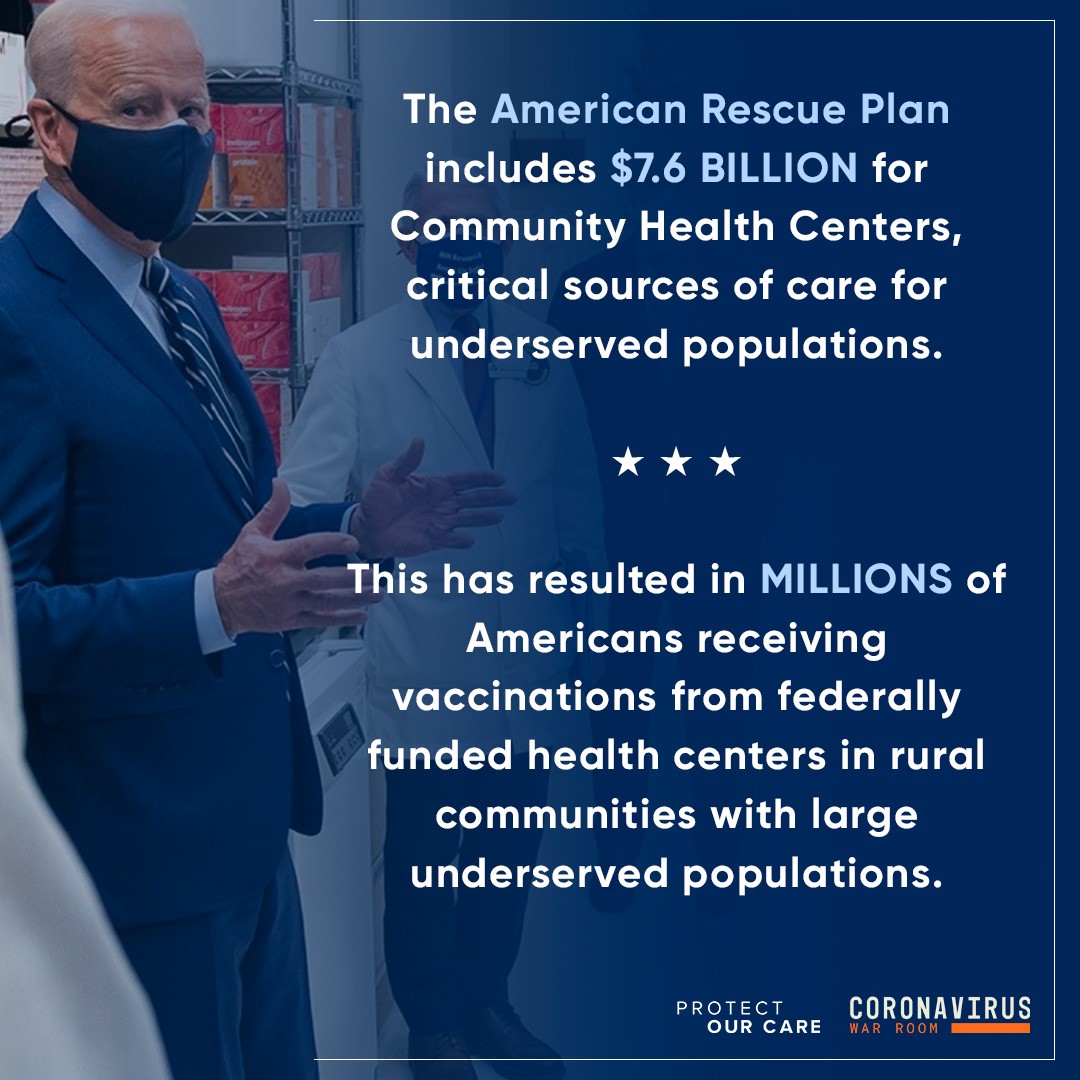|
|
Alliance Praises Senate Passage of Bipartisan Postal Reform Bill |
|
The Senate passed the Postal Service Reform Act, H.R. 3076, on Tuesday, repealing the Congressional mandate that the U.S. Postal Service spend billions of dollars every year to prefund retiree health care. With White House officials indicating President Biden intends to sign the bill into law, the Postal Service will soon pay these costs on a yearly basis, as other government agencies and corporations do, saving nearly $50 billion over 10 years.
“The bipartisan 79-19 Senate vote this week to pass postal reform, following the House of Representatives’ vote last month, will help ensure that the Postal Service will be able to serve all Americans for years to come,” said Robert Roach, Jr., President of the Alliance. “Strengthening the Postal Service has been an Alliance priority for years. The activism of thousands of Alliance members who have attended demonstrations, called and written to their members of Congress has helped bring us to this moment.”
“Older Americans rely on the U.S. Postal Service for timely at-home delivery of medications and important mail on weekdays and weekends,” said Richard Fiesta, Executive Director of the Alliance. “It can trace its roots to 1775, when Benjamin Franklin was the first postmaster general, and it is as important today as it ever was.”
|
|
Generic Drug Manufacturer Announces Plans for Low-Cost Insulin |
|
Uninsured and underinsured Americans often pay the highest out-of-pocket costs for their medicine, forcing many to choose between purchasing the medicine they need and covering essential living expenses. However, the country’s first not-for-profit generic pharmaceutical company unveiled a plan to reverse the trend of drug price-gouging that has become so rampant in the industry.
The generic drugmaker Civica Rx has announced intentions to produce and distribute its own affordable insulin at prices far lower than the industry average. Insulin prices have become a widely debated issue, with an estimated one in four Americans who suffer from diabetes choosing between rationing or skipping doses due to cost.
Civica will produce three generic insulins with a recommended price of no more than $30 per vial and no more than $55 for five pre-filled pens. The generic drugs are biologically interchangeable with the name-brand insulins that traditionally sell for over $300 a vial.
All three of Civica’s insulins will be available to all Americans at one low, transparent price based on the cost of development, production and distribution. The medication will be produced at a new manufacturing facility in Virginia, with the first doses set to be available by early 2024, pending FDA approval.
In related action, Senate Democrats are also reviving their plans to limit the cost of insulin and other medications. Several proposed bills aim to cap insulin costs at $35 a month.
“For years, as millions of Americans struggle to pay for insulin, drug companies raked in outrageous profits,” said Executive Director Fiesta. “We hope that the new generic vials will help make insulin affordable and available to all who need it. However, it is no substitute for real and comprehensive legislation to bring down the price of all prescription drugs.”
|
|
Nation Celebrates One Year Since American Rescue Plan Became Law |
|
|
Exactly one year ago, on March 11, 2021, President Biden signed the American Rescue Plan (ARP) into law to address the health and economic crises caused by the COVID-19 pandemic. Since then, this important legislation has been the cornerstone of the American COVID-19 |
|
recovery, providing funding for a national vaccination distribution and resources to local communities while reopening schools and creating measures to allow millions of Americans to safely get back to work.
The ARP was essential to making health care more affordable. It built on the strong foundation of the Affordable Care Act (ACA) by lowering premiums, expanding coverage, and increasing access to essential health services. It made health insurance more affordable and accessible, which is more important than ever as individuals deal with mental and physical health issues from COVID-19. These measures to increase affordability also reduced racial disparities in health care access.
President Biden’s ARP also included something else: a provision saving multiemployer pension plans from insolvency. Thanks to the ARP, ten million Americans will receive the pensions they earned.
“The Alliance provided information and resources so that decision makers and their advisers could solve our retirement security emergency, and that led to the provision of the American Rescue Plan that solved the pension crisis,” said President Roach.
“The Alliance and the AFL-CIO’s Retirement Security Working Group were instrumental in saving multiemployer pensions from insolvency,” President Roach continued. “Former AFL-CIO President Richard Trumka started the working group, coordinated by current AFL-CIO President Liz Shuler, by bringing together all the international union presidents to find a solution.” |
|
Report Highlights In-Home Hazards for Older Americans |
|
Despite making up only 16 percent of the population, Americans over the age of 65 account for 71 percent of all consumer product-related deaths annually. To address this data anomaly, the U.S. Consumer Product Safety Commission (CPSC) has unveiled a new report on the safety hazards that older adults face in and around the home as part of National Consumer Protection Week. “It’s a fact that older adults are far more likely to experience a significant injury, or fatality, from the hidden hazards associated with consumer products in their homes than other age groups,” stated CPSC Chair Alex Hoehn-Saric. |
|
|
Falls were reported as the most common product-related cause of injury and death to older Americans, with an average of 1,800 deaths and 1.5 million ER-treated injuries resulting from falls on flooring annually. |
|
The report also highlighted a number of other top hazards to older adults, including fires, drowning, transportation, carbon monoxide poisoning and adult bed rails.
The CPSC offered a number of solutions for older adults and their caregivers to improve safety in all areas of the home. Some of the suggestions include keeping floors and stairs free of trip hazards, installing grab-bars on stairs and in bathrooms and setting up smoke alarms in high-risk areas around the home.
For more tips on improving home safety, you can visit the CPSC website.
“Accidents in the home can be tragic for older Americans, but this report gives us the tools to prevent them,” added Alliance Secretary-Treasurer Joseph Peters, Jr. “By following these basic steps, seniors can greatly reduce the risk of injury while at home.”
|
|
Thanks for reading. Every day, we're fighting to lower prescription drug prices and protect retirees' earned benefits and health care. But we can't do it without your help. Please support our work by donating below. |
|
|
|
|
Alliance for Retired Americans | 815 16th Street, NW | Washington, DC 20006 | www.retiredamericans.org



